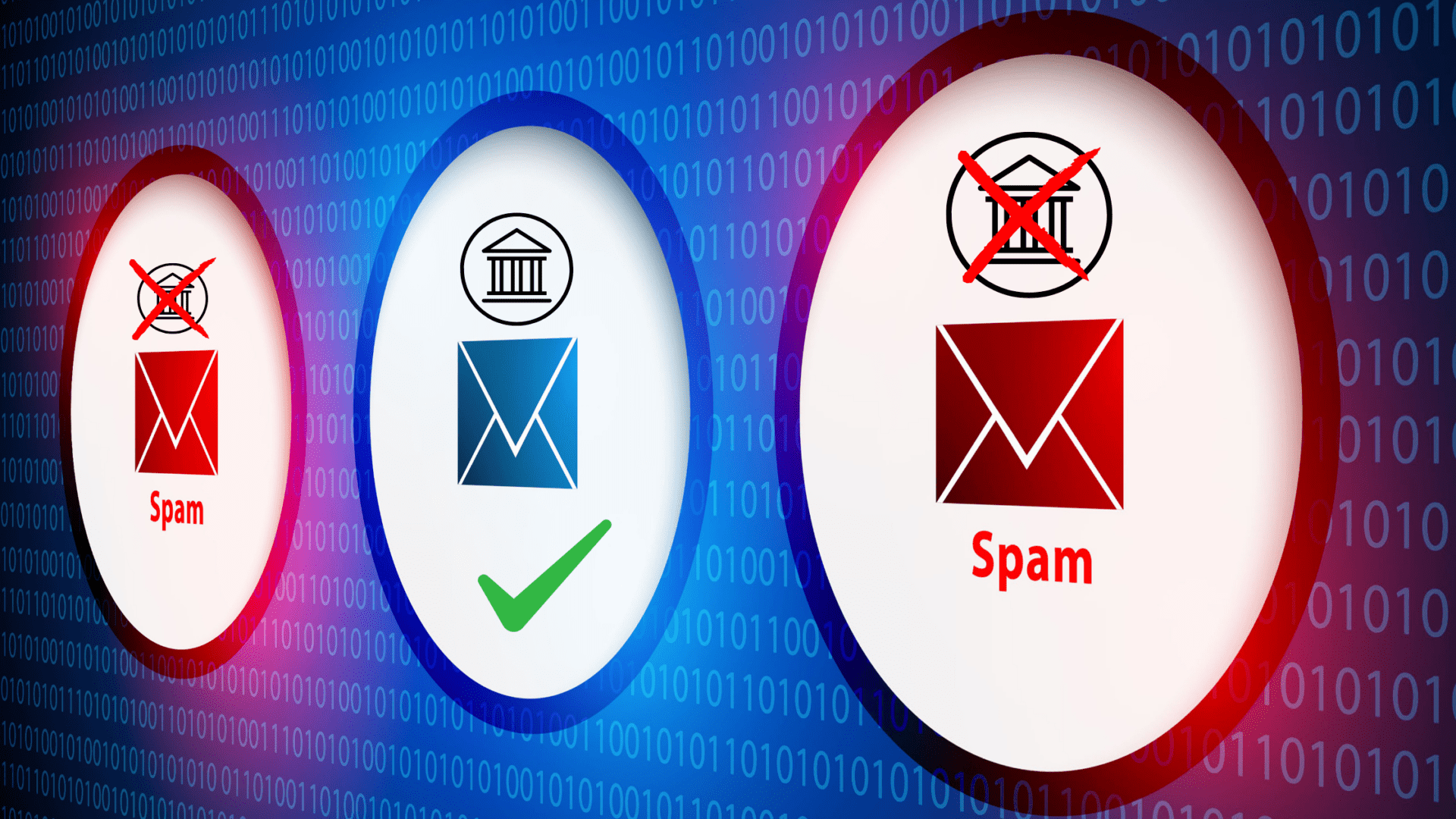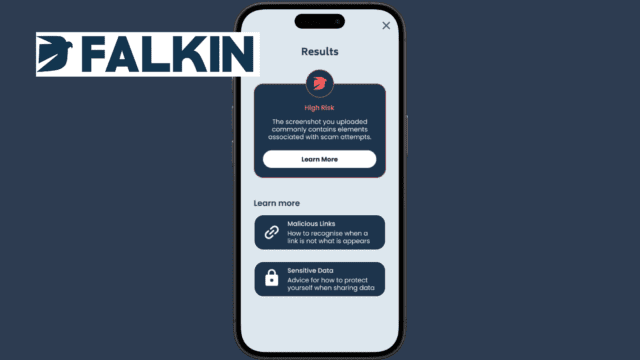In 2024, regulatory updates and industry standards surrounding email marketing have undergone a quiet but powerful transformation. For bankers and financial services professionals—who rely heavily on digital communication to engage customers—these changes aren’t just technical requirements; they are compliance imperatives. Understanding how to adapt to the new landscape is key to avoiding penalties, safeguarding reputations, and maximizing email deliverability.
CAN-SPAM Act: Still a Major Compliance Hurdle for Banks
The CAN-SPAM Act, originally enacted in 2003, has seen renewed enforcement pressure in recent months. The Federal Trade Commission (FTC) has intensified scrutiny of companies that send commercial emails without including required unsubscribe mechanisms, valid physical mailing addresses, or clear identification of the sender. Violators may face civil penalties of up to $50,000 per email.
In banking—where communications often involve marketing new deposit products, digital banking services, or loan offers—even one misstep can trigger costly consequences. “These aren’t just guidelines,” the CommonLaw analysis reminds, “they’re enforceable laws, and banks are increasingly in the crosshairs.”
Mandatory Email Authentication for Banks: A Critical Update
A major development impacting banks is the Feb. 1, 2024 requirement for mandatory email authentication using the following protocols:
Sender Policy Framework (SPF): Ensuring Legitimate Email Sending
- A way for email servers to check if a message is coming from a computer that’s allowed to send mail for that domain.
DomainKeys Identified Mail (DKIM): Verifying Email Integrity and Sender
- A special digital signature to an email so the receiver can make sure it wasn’t changed and really came from the right place.
DMARC: Defining Handling and Reporting for Authentication Failures
- Domain-based Message Authentication, Reporting and Conformance (DMARC) tells email servers what to do with emails that fail SPF or DKIM checks and sends reports back to the domain owner.
This change was led by email giants like Google and Yahoo.
The Urgency of Email Authentication Compliance
In analyzing this action, The Financial Brand reported that institutions that send more than 5,000 commercial emails per day must implement these protocols to ensure their messages aren’t marked as spam or blocked outright.
Seth Blank, CTO of Valimail (a Boulder, Colo., email authenticator), explained the new framework: “Email authentication is now mandatory….. To avoid emails going to spam or being blocked, marketers must urgently comply with new identity verification requirements from Google and Yahoo by authenticating their email sending infrastructure.”
These email authentication frameworks verify that a message was truly sent from the domain from which it claims to originate. For financial institutions, which are frequent targets of phishing, the security benefit is twofold: higher deliverability and greater trust.
Stricter Spam Complaint Thresholds: A New Challenge for Bank Email Marketing
Email providers have also dropped the hammer on spam complaint thresholds. Google, for instance, now flags senders with a complaint rate above 0.3 percent. This threshold is extremely low, and maintaining compliance requires precise audience targeting and engaging, relevant content.
As observed by CloudKettle, a Halifax, Nova Scotia digital strategy consultancy, “The days of carpet-bombing inboxes with mass campaigns are over. Quality, not quantity, is the new benchmark.” Banks should be especially cautious with automated drip campaigns or third-party marketing lists, which can generate unsubscribes or spam complaints if not carefully curated.
Top Email Marketing Best Practices for Banks
To stay compliant and competitive, financial institutions should build marketing practices around these essential principles:
- Explicit Consent: Don’t rely on pre-checked boxes or implied interest. Use double opt-ins and keep audit trails of subscriber consent.
- Transparent Unsubscribe Links: Place clear opt-out options in the footer of every message. This isn’t just a legal requirement—it’s also a sign of respect for your bank customer’s choice.
- Physical Address and Contact Info: Each marketing email must include a valid mailing address, as required under the CAN-SPAM Act.
- Monitor Spam Metrics: Marketing platforms like Mailchimp and Constant Contact offer tools to track complaint rates, bounce rates, and engagement. Adjust messaging and list hygiene accordingly.
- Authenticate Every Message: Ensure your bank’s email servers are properly configured with SPF, DKIM, and DMARC settings. Many banks delegate this responsibility to IT or compliance, but marketing teams must confirm it’s being done.
Leveraging Email Marketing Platforms for Bank Compliance
Modern email marketing platforms offer features that support compliance by default—ranging from opt-in forms to real-time blacklist monitoring. As emphasized by Zoho Campaigns in a 2024 compliance roundup, “Using a reputable email service provider not only automates authentication and consent management but also minimizes the risk of human error.”
A great bank email marketing tip includes integrating CRM systems with marketing platforms to ensure contact lists remain current and preferences are honored. This reduces redundancy and enables better personalization, further lowering the risk of complaints.
Why Email Compliance is Non-Negotiable for Banks
In today’s hyper-regulated financial services industry, every point of customer contact must be above reproach. An email marketing violation might seem minor compared to a lending or fair banking infraction, but regulators increasingly see them as indicators of overall compliance culture.
According again to The Financial Brand, “Email is the frontline of your brand. Mishandling it can damage customer trust faster than a website outage.” For banks—whose reputations are built on reliability—getting email compliance right is non-negotiable.
Time to Audit Your Bank’s Digital Communication Strategy
Whether you’re a CMO, compliance officer, or frontline banker tasked with sending promotional emails, now is the time to audit your digital communications strategy. The regulatory and technological landscape has changed, and banks that fail to adapt may find themselves not only out of inboxes but possibly out of regulatory favor.



















